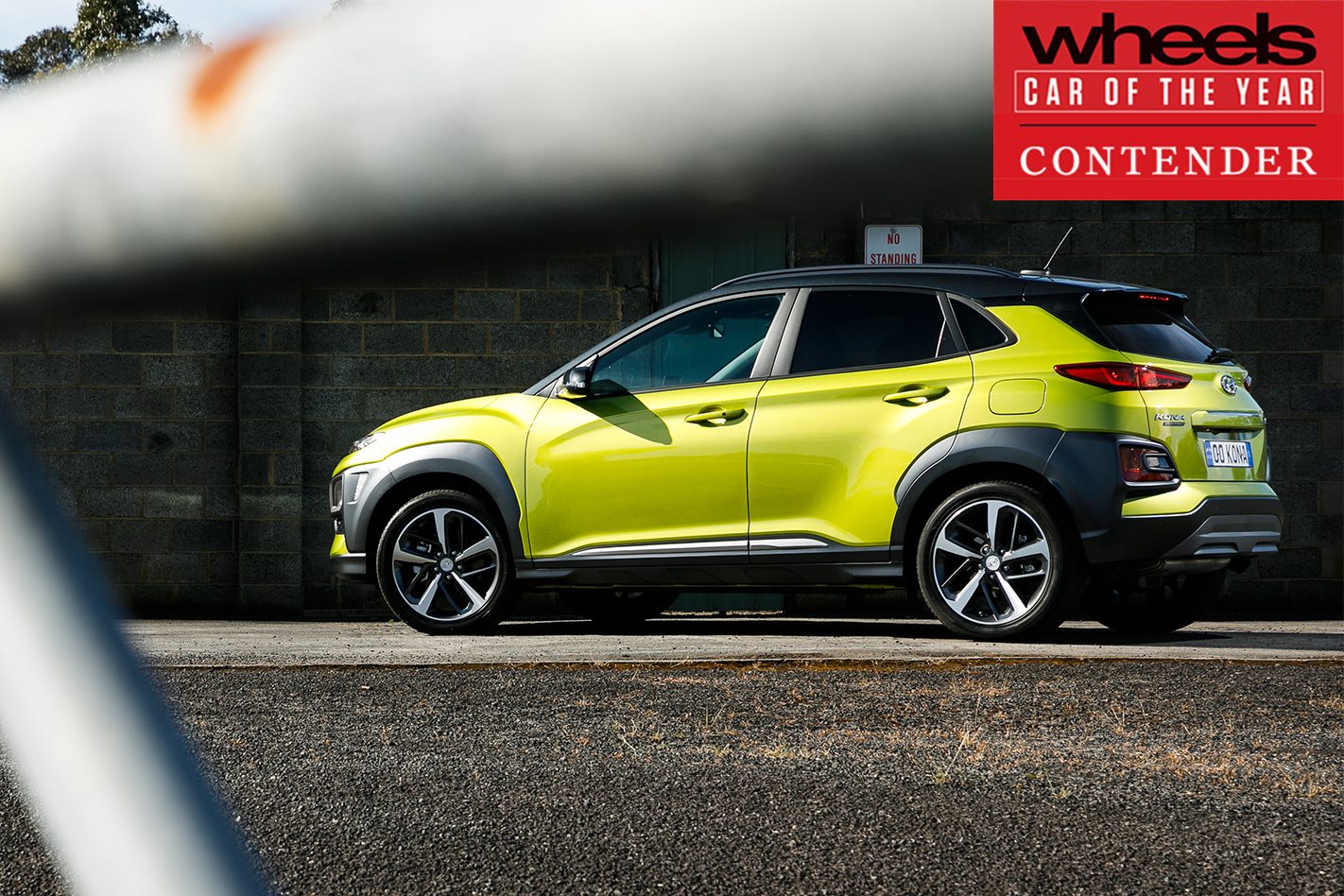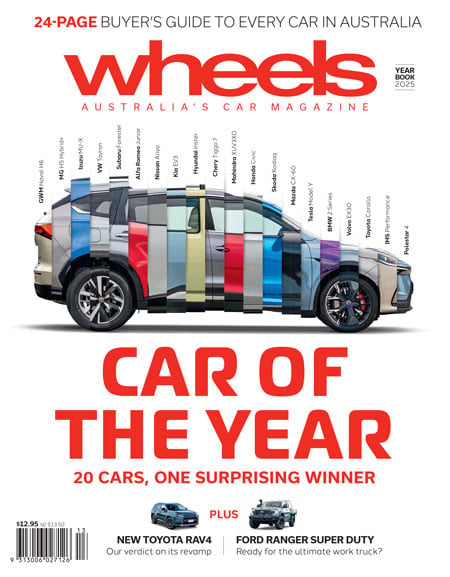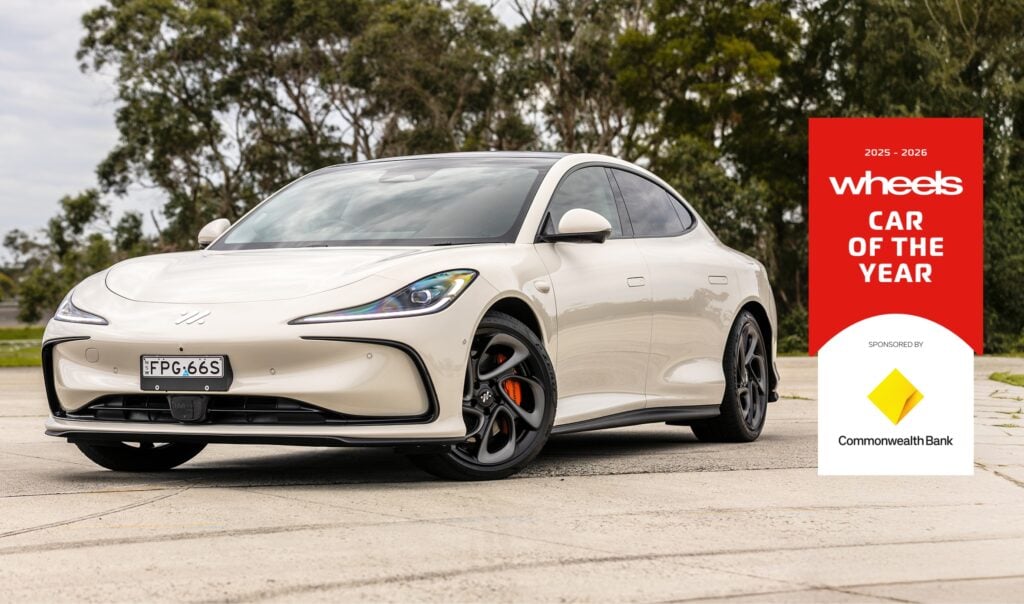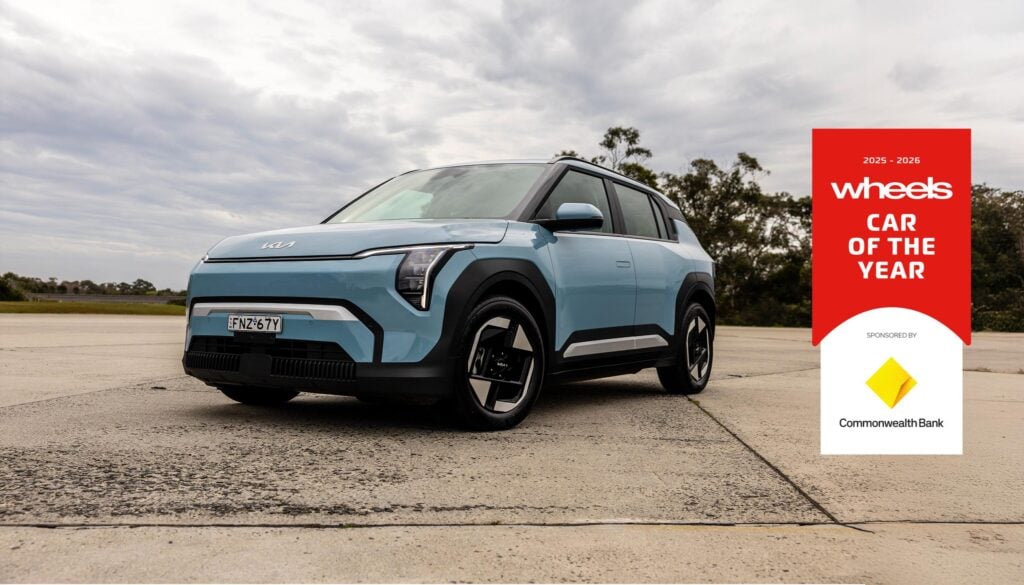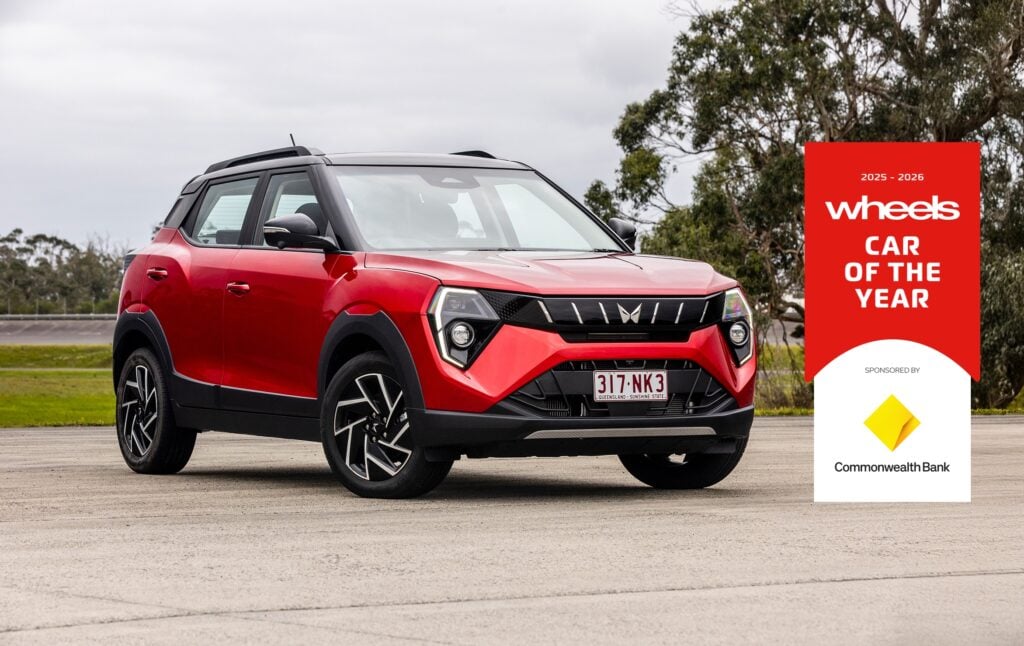IF YOU’RE going to be late to a party then bring it or don’t bother attending.
Clearly, this is the approach Hyundai adopted with the all-new Kona which goes all-out to impress the baby-SUV set.
Positioned beneath the big-selling Tucson, the Californian-styled, German-engineered newcomer makes a grand entrance with striking looks backed by an array of colour and accessory couture. This South Korean-built crossover is literally high fashion right now.

And then there are the benefits the brand is renowned for, such as low starting prices, high equipment levels (even the base Kona scores an auto transmission, rear camera, 7.0-inch touchscreen with Apple CarPlay/Android Auto multimedia, alloy wheels and roof rails), pleasing build quality and a strong aftersales focus. And while AEB isn’t standard on the cheapest variant, another $1500 solves that, bringing with it goodies like blind-spot warning, rear cross-traffic alert, lane-keep assist, auto high beam, driver attention warning and powered folding mirrors.
Add a pair of powerful engine choices including a strident 1.6-litre turbo/seven-speed dual-clutch combo for $3500 extra (worth every penny as it also turfs out the torsion-beam rear end for a more sophisticated multi-link IRS set-up, plus all-wheel drive and bigger brakes), and it is conceivable that the crowd-pleasing Kona might become the toast of the burgeoning small-SUV soiree.
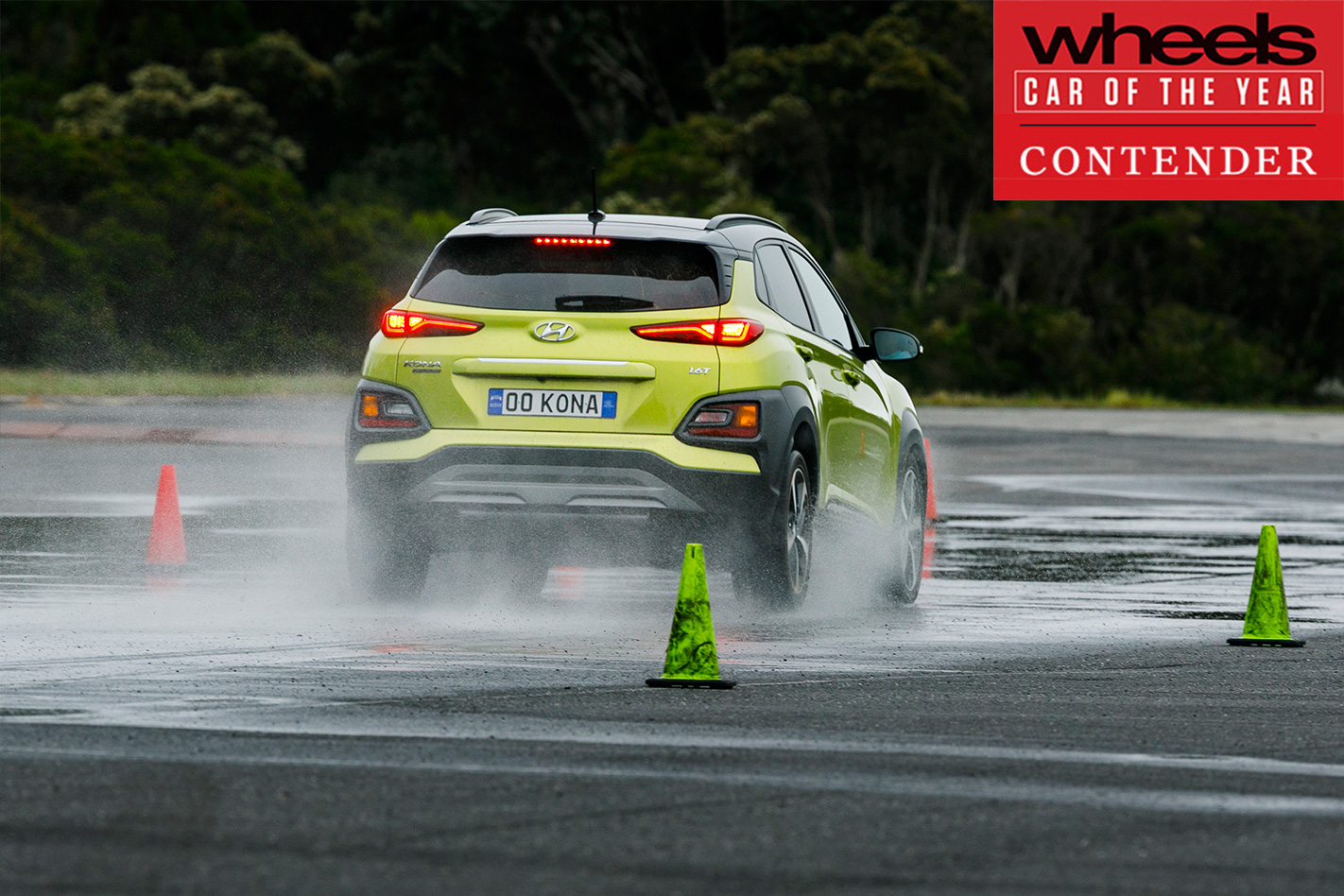
Hyundai expects most will buy the front-drive-only 2.0-litre, and while it’s a solid and dependable performer, it isn’t especially spirited and becomes coarse at higher revs. That turbo AWD alternative is a peach by comparison.
Perhaps, more importantly, although Hyundai says the Kona underwent substantial Australian-specific suspension and steering tuning to imbue a “sporty, get-up-and-go feeling”, the result is an at-times noisy and harsh ride that never feels settled. If comfort is a priority, stretch to the 1.6 turbo with IRS, but not the 18-inch-wheeled Highlander flagship as it can become too choppy.
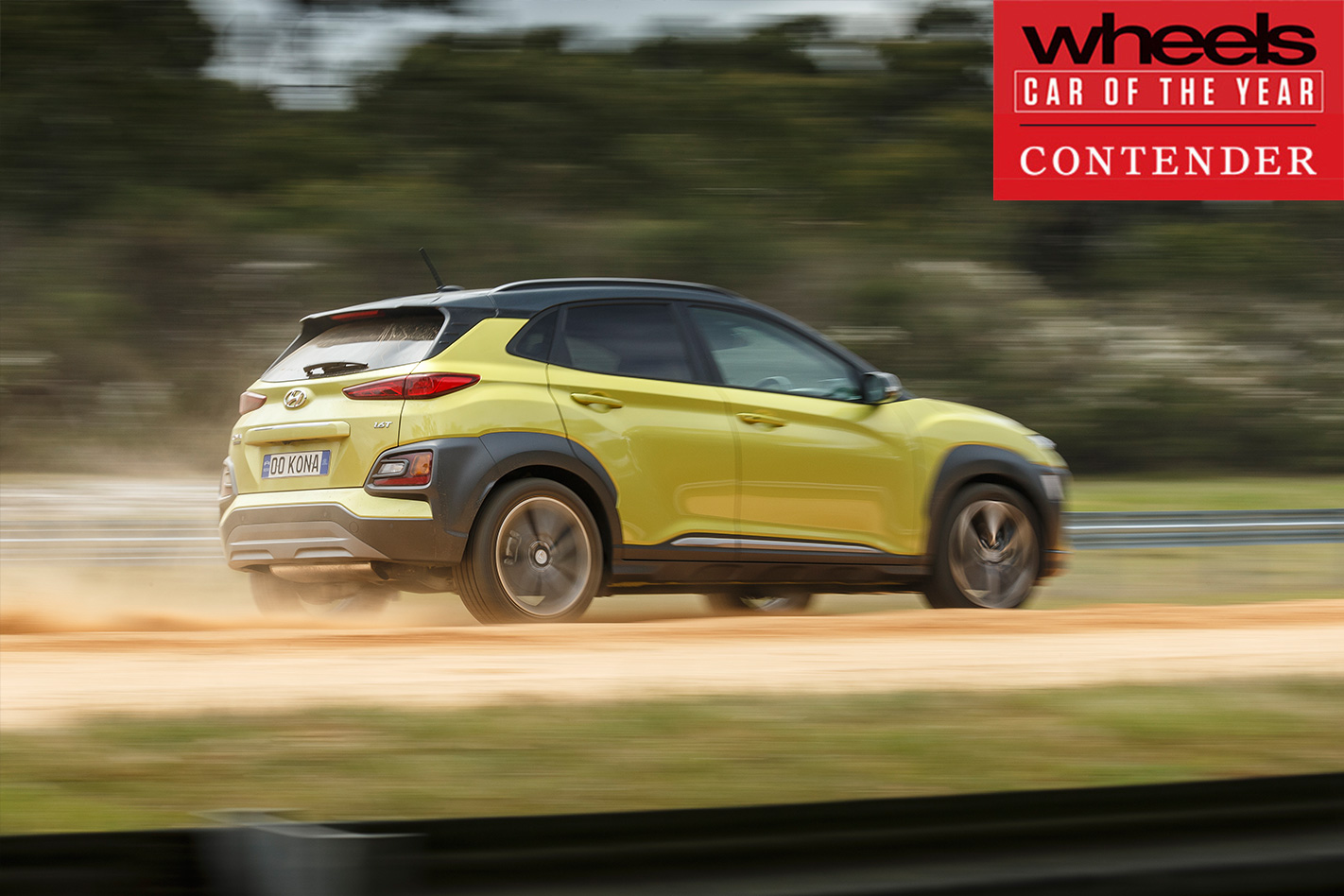
Ultimately, these foibles, plus poor wet- and gravel-road braking, a propensity to occasionally bottom out where rival SUVs didn’t, some steering rack rattle and the cabin’s dreary, plasticky ambience highlight the fact that the Kona doesn’t really progress anything in its segment aside from the 1.6 turbo’s performance.
Also present at this year’s COTY was the more-rounded Hyundai i30. In terms of refinement, comfort and value, the hatch easily outclasses its closely related SUV stablemate. We know whose party we’d rather attend.
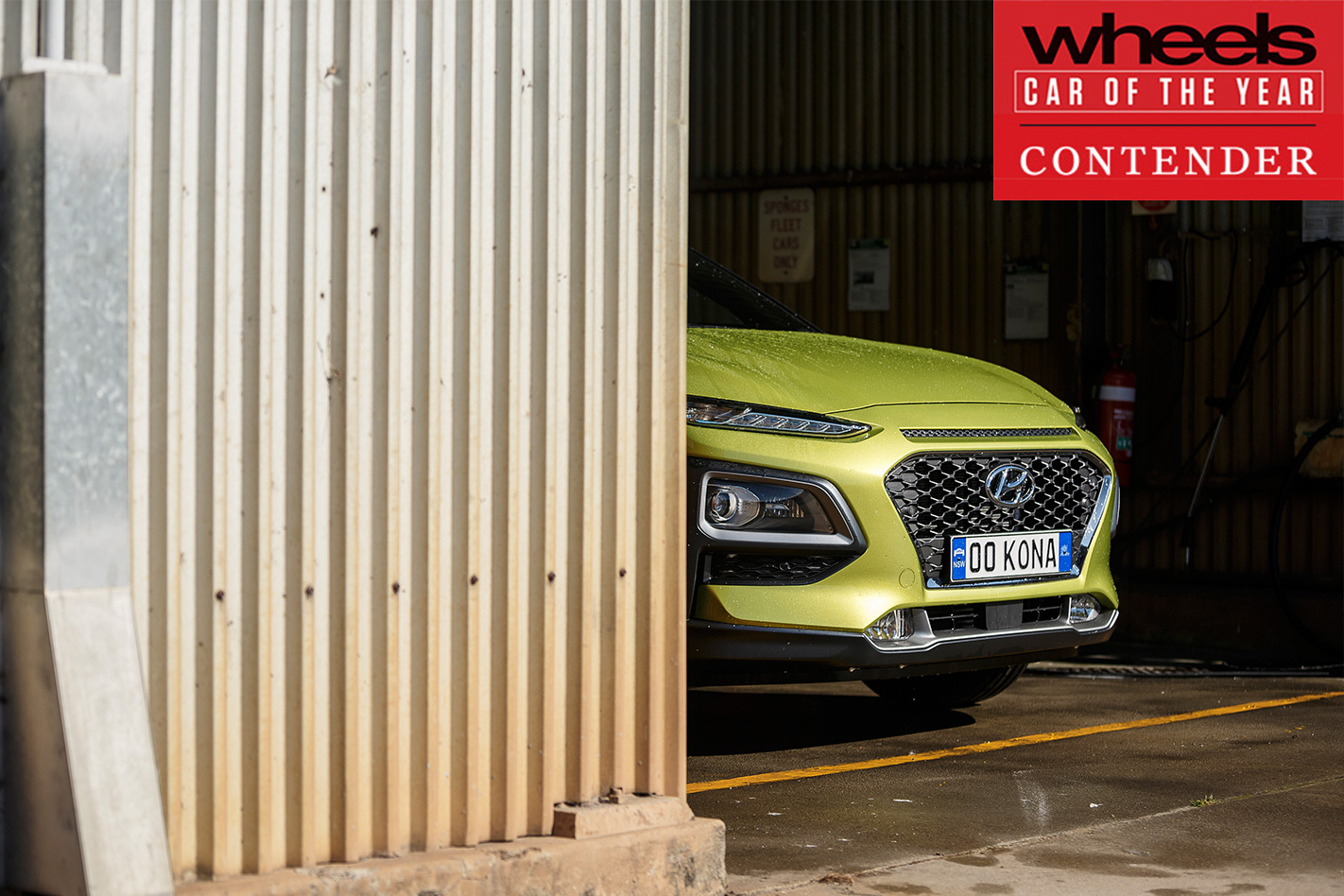
Like most Hyundais, Oz-specific chassis tuning was undertaken to make the Kona feel sportier, over “thousands of kilometres of testing on a variety of surfaces, from country lanes to freeways to corrugated dirt roads”.
The upshot saw three sets of front and two sets of rear springs tested, as well as 13 different front and 23/29 (FWD/AWD) rear damper combinations, and two anti-roll bars. Plus, both Euro 5 compliant engines run on 91 RON. There’s no diesel or manual in the works.
MORE: Hyundai Kona Range Review MORE: Hyundai Kona Specs, Range & Price

